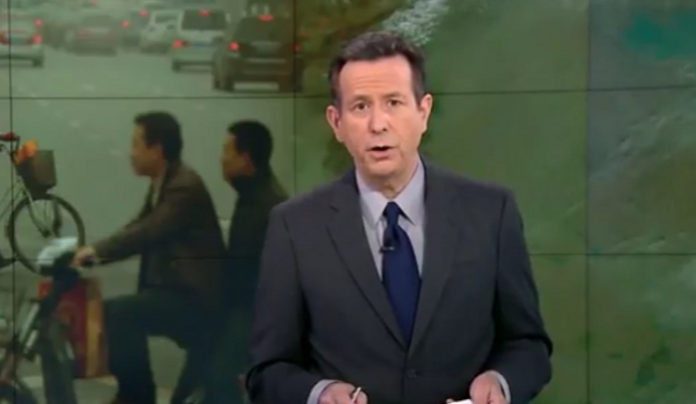Smog blankets a city. It creates reduced visibility like fog, but with an added threat: particulate inhalation. Air pollution can irritate the lungs, trigger health issues like asthma, and make it difficult to live a healthy life. With these solutions to smog, it can become possible to control this pollutant and clean up the air over time.
1. Alternate Day Driving
License plates are given a series of letters and numbers. By allowing odd-numbered plates to drive on Day #1 and even-numbered plates to drive on Day #2, the number of vehicles adding to the smog can be reduced. For license plates that are just letters, “A” could be assigned as “even,” then “B” as “odd,” and then the rest of the alphabet is assigned in alternative fashion.
2. Subsidize Public Transportation
For many individuals, the cost of using public transportation is more than the cost of using their vehicle. By subsidizing buses, trains, and other transportation options, fewer vehicles will be out on the roads on a daily basis. In Milan, Italy, subsidized public transportation on car ban days is less than $2 per day instead of about $2 per bus trip.
3. Explore Alternative Energy Options
Cities like Beijing are covered in smog on a regular basis because of the regular burning of fossil fuels on an industrial level. Coal-fired power plants are a large contributor to smog. By exploring alternative energy solutions, such as wind power or solar power, the amount of pollution going into the atmosphere just to generate power can be reduced.
4. Improve Transportation Technologies
Vehicles are never going to be off of the road permanently. Our transportation networks have helped us create our modern lifestyles. By creating new technologies that can help us get to where we need to go, such as hydrogen fuel cells which produce only water as their exhaust, we can further limit the amount of smog that is produced in our population centers.
5. Stop Burning
We burn trash. We burn crops. We burn many things that we do not want or need. Sometimes this waste goes into biomass to generate power. More often than not, it just creates more particulates – no matter how efficiently the burning happens to be. By stopping burning activities, we can prevent smog.
Many cities are finding that the solutions to smog must be multi-faceted to address complex issues. When the problem is tackled proactively, however, the air can become cleaner.
Crystal Lombardo is a contributing editor for Vision Launch. Crystal is a seasoned writer and researcher with over 10 years of experience. She has been an editor of three popular blogs that each have had over 500,000 monthly readers.


















